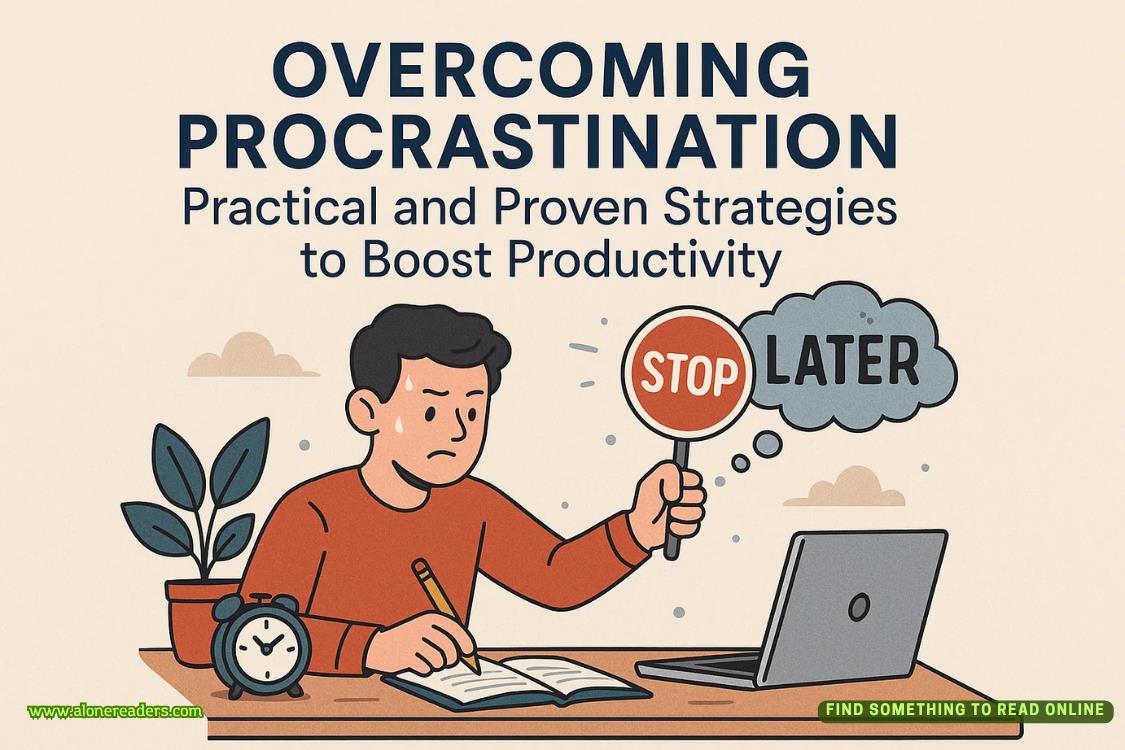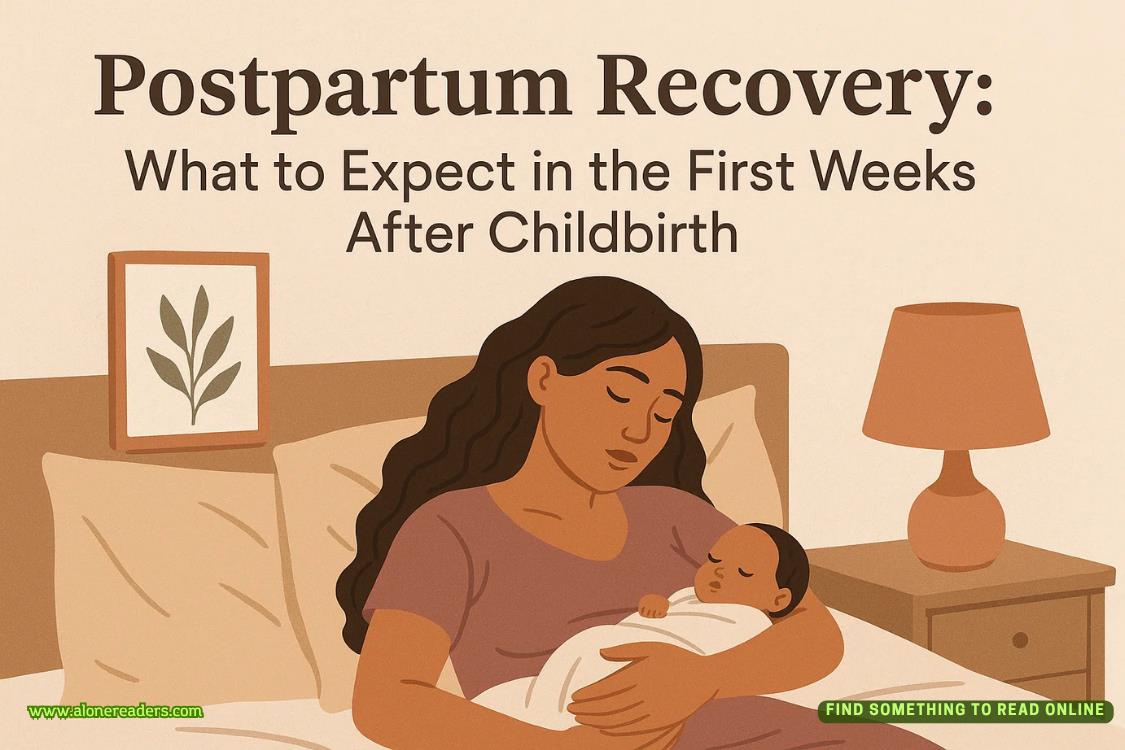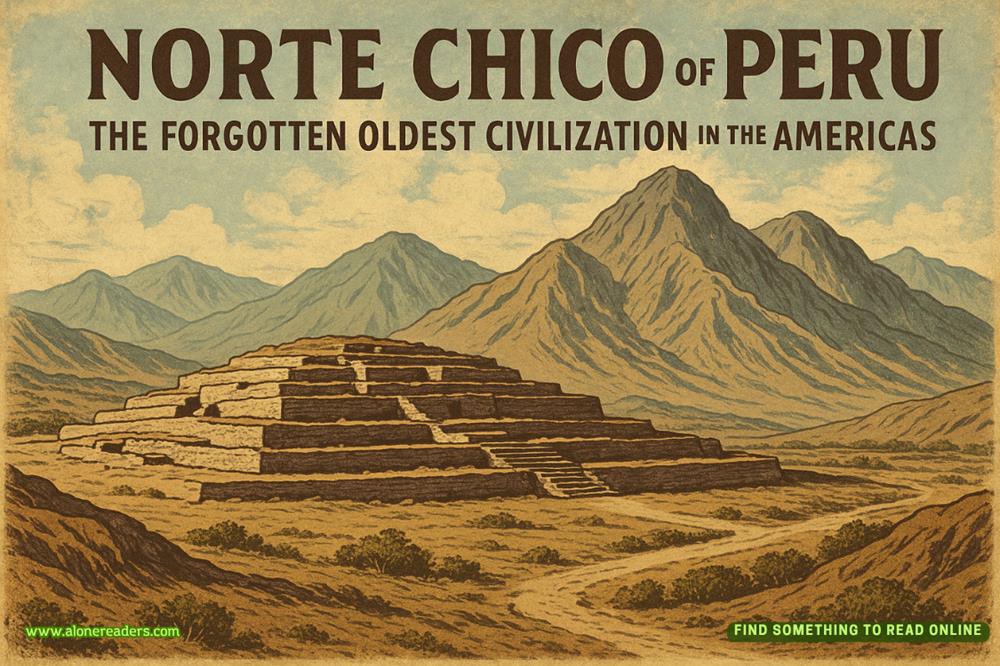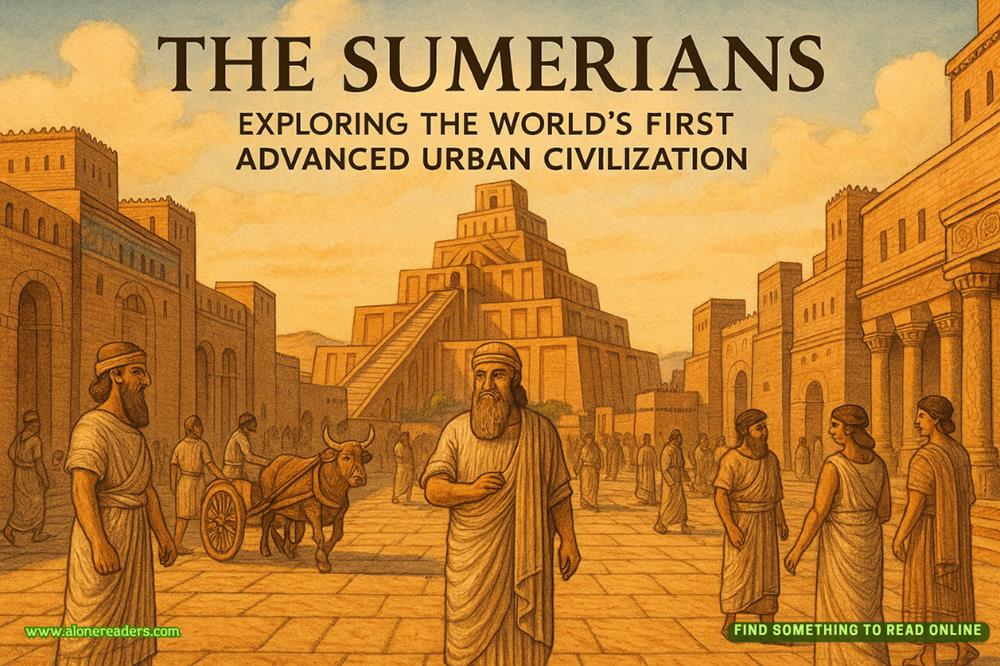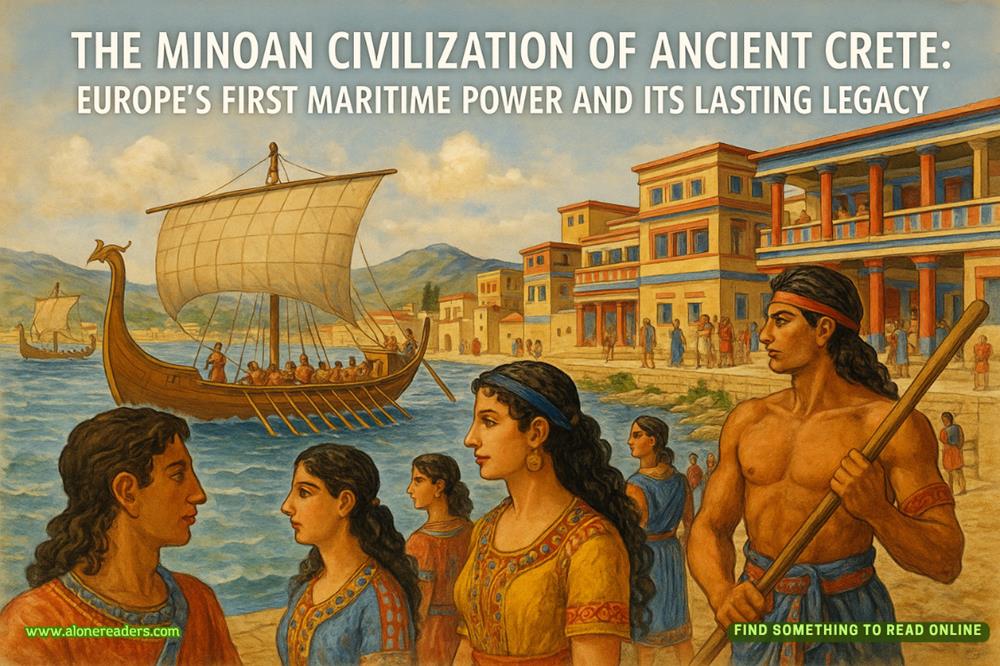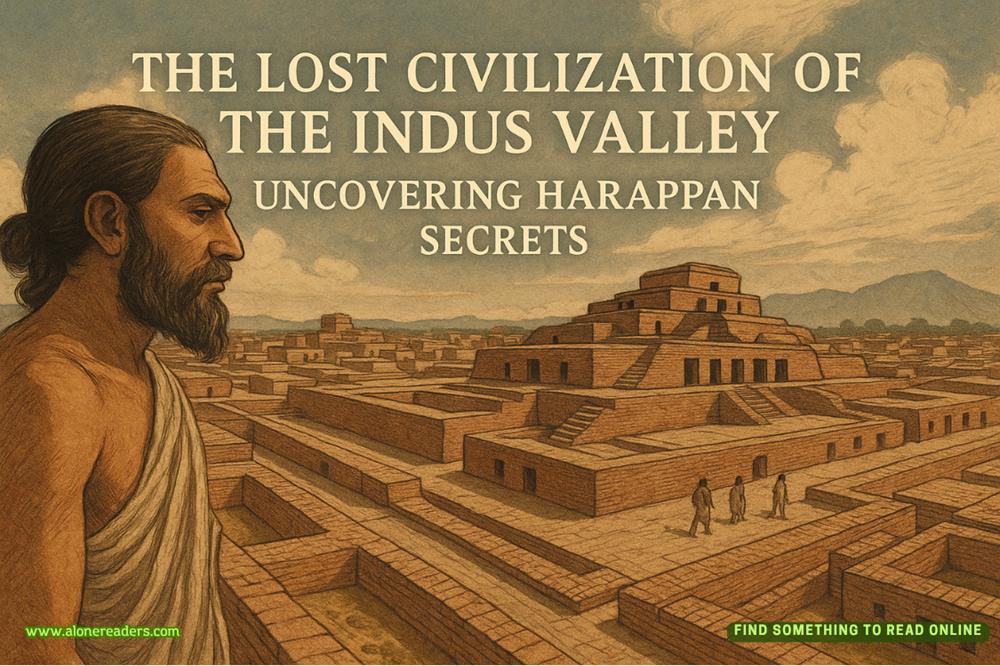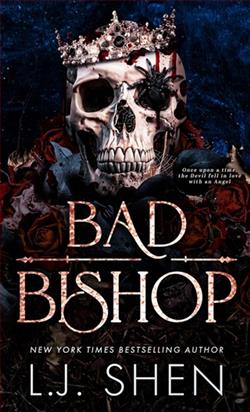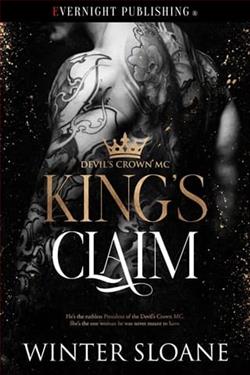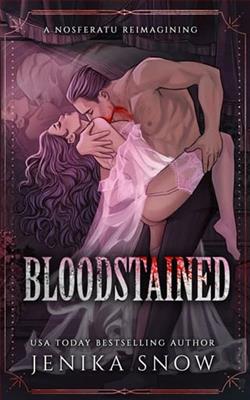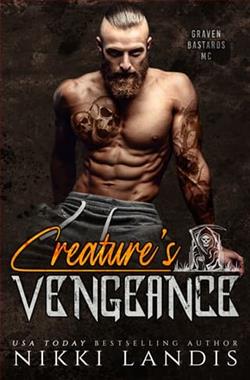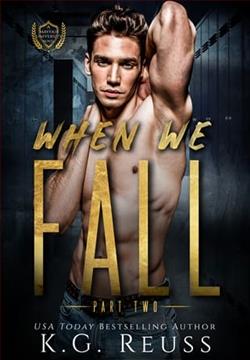Page 24 of The Devil Colony (Sigma Force 7)
The assistant bowed her head shyly, a ghost of a smile on her lips.
Monk had beaten them to the National Archives. Of course Sigma command was only a short walk across the National Mall from here. Kat had insisted that her husband join Gray this evening. Though Gray suspected the assignment had more to do with getting Monk out from under her feet than with offering backup for this investigation.
They all took seats at the table, except for Heisman, who remained standing, clasping his hands behind his back. “Perhaps now you could tell me why we’ve all been summoned here at such a late hour.”
Gray opened the manila file in front of him, slipped out the letter, written in French, and slid it across the table toward Sharyn. Before she could touch it, Heisman swooped in and took it with one hand while securing his reading glasses in place with the other.
“What’s this?” he asked, his head nodding up and down as he scanned the handful of pages. He plainly did not read French, but his eyes widened as he recognized the signature at the bottom of the letter. “Benjamin Franklin.” He glanced to Gray. “This appears to be in his own handwriting.”
“Yes, that’s already been verified and the letter translated—”
Heisman cut him off. “But this is a photocopy. Where’s the original?”
“That doesn’t matter.”
“It does to me!” the curator blurted out. “I’ve read everything ever written by Franklin. But I’ve never seen anything like this. These drawings alone . . .” He slapped a page on the table and stabbed at one of the hand-drawn sketches.
It showed a bald eagle, wings outspread, gripping an olive branch in one claw and a bundle of arrows in the other. Clearly it was still a work in progress. Hen-scratched side notes, indecipherable, pointed here and there at the figure.
“This appears to be an early rendition of the Great Seal of the United States. But this letter is dated 1778, years before this draft of the Seal appeared in the public record around 1782. Surely this is some sort of a forgery.”
“It’s not,” Gray said.
“May I?” Sharyn gently retrieved the pages. “You said you’ve translated these, but I’d be happy to confirm the accuracy of that work.”
“I’d appreciate that,” Gray said.
Heisman paced alongside the table. “I’m assuming the content of this letter is what triggered this late-night meeting. Perhaps you could explain why something two centuries old could not wait until morning.”
Seichan spoke for the first time. Her voice was quiet, but coldly threatening. “Because blood has been spilled to secure these pages.”
Her words sobered Heisman enough to get him to sit down at the table. “Fine. Tell me about the letter.”
Gray began, “It was a correspondence between Franklin and a French scientist. A man named Archard Fortescue. He was a member of a scientific group put together by Franklin. The American Society for the Promotion of Useful Knowledge.”
“Yes, I’m familiar with the group,” Heisman said. “It was an offshoot of the American Philosophical Society, but more specifically geared to the gathering of new scientific ideas. They were best known for their early archaeological investigations into Native American relics. In the end, they became almost obsessed with such things. Digging up graves and Indian mounds all across the colonies.”
Sharyn spoke at the curator’s elbow. “That is specifically what the letter seems to address,” she said. “It is a plea to this French scientist to assist Franklin in mounting an expedition to Kentucky”—she translated the next with her brows pinched together—“ ‘to discover and excavate a serpent-shaped Indian barrow, to search for a threat to America buried there.’ ”
She glanced up. “There appears to be some urgency to this correspondence.” To prove her point, she ran a finger along a passage of the letter, while translating. “ ‘My Dear Friend, I regret to inform you that the hopes for the Fourteenth Colony—this Devil Colony—are dash’d. The shamans from the Iroquois Confederacy were slaughtered most foully en route to the meeting with Governor Jefferson. With those deaths, all who had knowledge of the Great Elixir and the Pale Indians have pass’d into the hands of Providence. But one shaman did live long enough, buried under the bodies of the others, to gasp out one last hope. He told of a map, mounted within the skull of a horned demon and wrapped in a painted buffalo hide. It is hidden in a barrow sacred to the aboriginal tribes within the territory of Kentucky. Perhaps such talk of demons and lost maps is the phantasm of an addled, dying mind, but we dare not take the chance. It is vital we secure the map before the Enemy does. On that front, we’ve discovered one clue to the forces that seek to tear asunder our young union. A symbol that marks the enemy.’ ”
She flipped the page for them all to see. It depicted drafting compasses atop an L-square, all framing a tiny sickle-shaped moon and a five-pointed star.
She glanced up. “It looks to be a Freemason symbol, but I’ve never seen such a rendition like this. One with a star and moon. Have you?”
Gray remained silent as Dr. Heisman examined the symbol. The curator gave a slow shake of his head. “Franklin was a Freemason himself. He wouldn’t disparage his own order. This must be something else entirely.”
Monk leaned over to see the symbol. Though his partner’s face remained stoic, Gray picked out the pinching of his nostrils as if he’d just smelled something foul. Like Gray, Monk recognized the mark of the Guild leadership. He met Gray’s gaze, the question plain in his eyes: How could such a symbol be found in a letter from Benjamin Franklin to a French scientist?
That was the very question Gray wanted answered.
Monk voiced another mystery. “So how come ol’ Ben was asking a Frenchman to help in this search? Surely there was someone closer at hand to lead such an expedition into the wilds of Kentucky.”
Seichan offered one explanation. “Perhaps he didn’t entirely trust those around him. This shadowy enemy he mentions . . . they could have infiltrated the government’s inner circles.”
“Maybe so,” Heisman said. “But France was our ally against the British during the Revolutionary War, and Franklin spent a lot of time in Paris. More important, French colonists had developed close allegiances with Native American tribes during the French and Indian Wars, during which Canadian colonists fought alongside the region’s natives against British forces. If Franklin needed someone to investigate a matter sensitive to the Indians of the time, it would not be strange to reach out to a Frenchman.”

